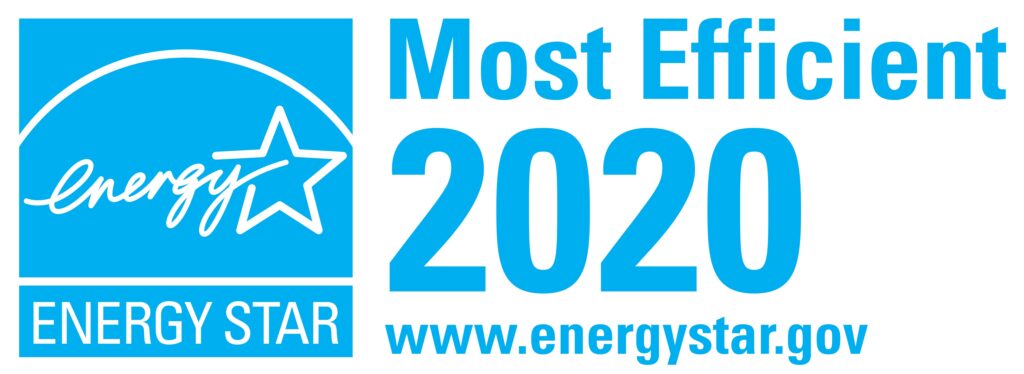Undoubtedly, energy technology has changed very rapidly ever since those first energy price shocks of the early seventies. We’ve had Jimmy Carter put solar PV panels on the White House, and Ronald Reagan take them down. Since then, solar panels have become just a wee bit more efficient, and more breakthroughs are in the works. As a result, today there are more options than you can shake a stick at and property owners sometimes have complicated decisions to make simply because there are so many alternative solutions.
One thing stands out above all else. The government has tried to help promote some of these changes, mostly by promoting and sometimes subsidizing technologies. We all know these campaigns by various names and some are national, others are state by state.
New A/C Options and Irrational Markets

This year, I replaced my air conditioners in my apartment in the Bronx. Inverter technology has come to window a/c. The main unit was a 10K BTO LG LW1016ER air conditioner, which according to the Energy Star label should have an annual energy cost of $80, but at NYC rates it was closer to $216 last season. I puchased the old unit on August 16th, 2016 at a cost of about $300 and it served me well. It had an Energyguide label that states $80 annual energy costs, as follows:
Estimated annual energy cost is based on a national average electricity cost of 13 cents per kWh and aseasonal use of 8 hours a day over a 3 month period.
Energuide label LG LW1016ER
Now, I replaced this unit with a new Midea U-Shape model with an Energuide label that states $47 in annual operating costs, with similar assumptions. It consumes only 59% of the amount of energy, or 41% less, or, at actual rates about $88.56 less per year than the old one. That means that the new unit pays for itself in savings in under 4 years. This is staggering, and it just gives you some kind of an idea of the magnitude of changes that can be available. A good summary of the meaning of inverter technology for A/C and heat pumps can be found here.
On of the traps to be aware of is the various regimes of government subsidies, which are often focused on the technology, not on the results. You always want to analyze things based on what they will do for you, for your property. And you really need to ask the questions.
In my above example, the markets are irrational, for I paid $349 for my new unit, but the old A/C is still available, for about $340. Same price, but I just showed you that my replacement unit costs $88.56 per year less to run. In short, if we assume that these can last 7 years, here is the comparison:
Old: $340 + 7 x $216 = $340 + $1,512 = $1,852
New: $349 + 7 x $127.44 = $349 + $892.08 = $1,241.08
In other words the old unit would have cost me $610.92 more in the next 7 years. So how can these two be the same price? Markets are irrational. It always remains a case of buyer beware. Do your homework, and do not be seduced by low cost unnecessarily. Power equipment costs money to run, so what matters is operating cost and for major appliances, you should take a cost of maintenance over the expected lifetime into account.In this case also, the newer technology, which is inverter-based, is much quieter, and for me that makes a huge difference. Like no more fights with my girlfriend over if the A/C can run overnight. With the old one I could not sleep with the noise. With the new one I don’t eve notice it, not to mention an automatic, pre-programmed 7-hour sleep setback.
The upshot is, anytime you have not looked at energy in your property for a while, be prepared to be surprised and above all, do your homework and look into the alterantives. Do not be taken in by whatever somebody is promoting. Many consumers bought solar panels, seduced by no money up front, but in a lot of cases, a heat pump would have been a better investment.This is one of the many reasons for our forum. Peer-to-peer advice is very powerful.